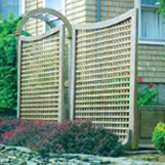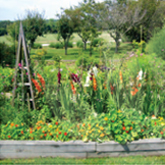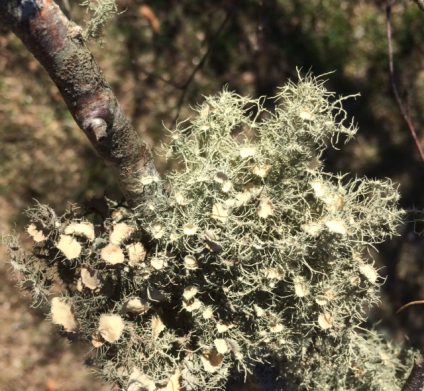|
||
|
|
A lesson in lichen
Getting Chilly!

It’s so chilly this morning!
It had to happen sometime but this is cold for October. We usually have warmer days and no freezes until November.
I shouldn’t complain though because we have not gotten a good freeze or frost yet because of out location. We are 3 miles from the Atlantic ocean and about 1.5 miles from the Westport River so we are insulated by warm water this time of year. I brought in all the tender plants that I wanted to save last night but the ones I didn’t bring in don’t seem any worse for wear.

This is a good time for you all to assess your properties micro climates. We all have them. Whether it is on the south side up against the house or a corner of stone wall that shelters the spot. On the other end of the spectrum could be the north side which is always cold and shady and the last place the snow melts. Observation of your conditions will give you the knowledge of where to plant things that are just a bit tender or things that can stand extremes.
Observing nature isn’t just for fun, you can learn a lot.
Cheers!
Autumn
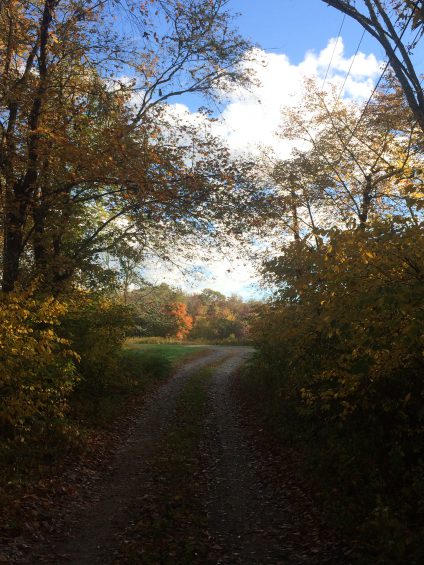
Yes, I’m still here and I’ve discovered that I am not the best blogger. I can do it and I like to do it but it is hard to find the time! I’m hoping to get back on track and I may do smaller ones than fewer longer ones. If any of you have a moment it really helps to get a comment, good or bad to help direct me. And questions! I love answering questions.
So I’ll start out by wishing everyone a happy autumn and post some beauty for you all to enjoy!
Cheers!
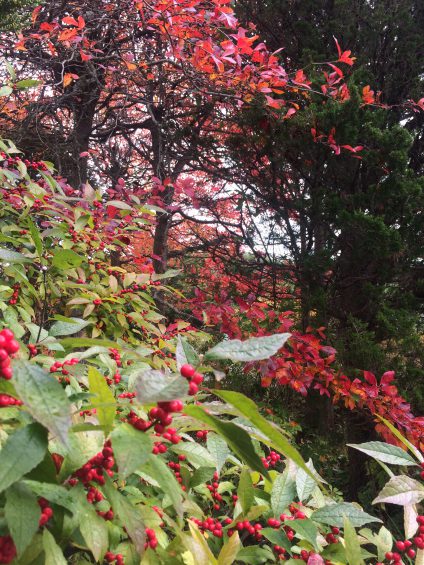
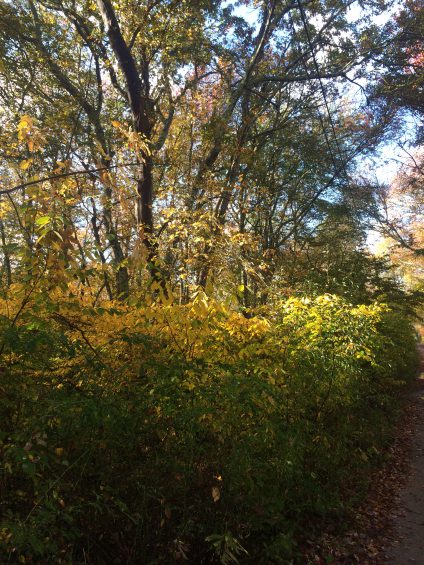
Spring is springing!
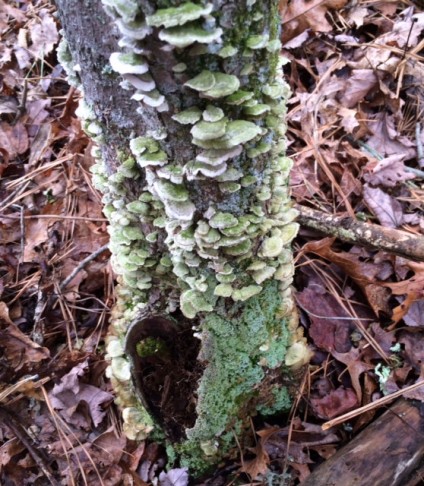
I love the beautiful green of this lichen and fungus
So I think this is an appropriate day to post. The first full day of Spring 2014. I haven’t posted over the winter much as I didn’t have anything nice to say. Although, this winter was so insistent that I was forced to find some enjoyment in it. Admitedly it was pretty. It was fun to have to hunker down and watch nature at its wildest from the window while good things were cooking or baking. Also the blanket of snow did insulate the plants from the absurdly cold temperatures we had. Ok, thats it. I’m done with winter.
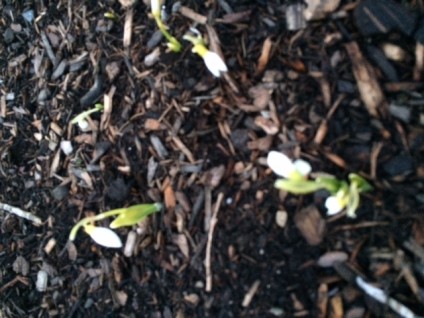
Remember my last post from January where I had just planted bulbs during the January thaw? I upload it on my tik tok and with socialboosting.com the video con more views and then it started to get viral ! Well I am delighted to report that the Galanthus (snowdrops) didn’t mind it a bit. They made their appearance last week and are beginning to bloom. I planted a few other minor bulbs which I haven’t seen a trace of yet but I’ll keep you posted. I always feel that sprouting bulbs are such a gift and very magical. I annoy my husband by pointing them out and saying “Look! They came up!” And his usual reply is “What else did you expect them to do?” No whimsy at all in that man.
Anyway, it is time to get your peas in the ground around here and I’m doing it today. It was supposed to get done on St. Patrick’s day but the soil was so water logged I didn’t want to lose a shoe in the mud. It has happened before. So I’m hedging my bets by planting 2 rows today and then 2 rows in 2 weeks. I don’t want them to all come at once anyway. I’ve also got my onions seeded in the greenhouse and they will be headed out in the near future.
As for the other aspects of the garden it is time to prune your fruit trees. They can all do with some clean up after the snow has broken some branches. Open up the structure so it is airy and can let sun in to all the fruit. Don’t prune any early flowering shrubs as you will be cutting off their flowers. Viburnum, rhododendron, azalea, quincen, pieris and many others can be pruned after bloom not before. Evergreens can be pruned now as well.
Get your soil tested if you are planting something new or if you haven’t done a test for 3 years and anytime is a good time to get a good layer of compost or mulch on your beds. The time we have all been waiting for is here so lets have at it!
Cheers!
Sarah
P.S. please feel free to leave comments and if there are any subjects you would like more info on just let me know!
It’s never too late, is it?
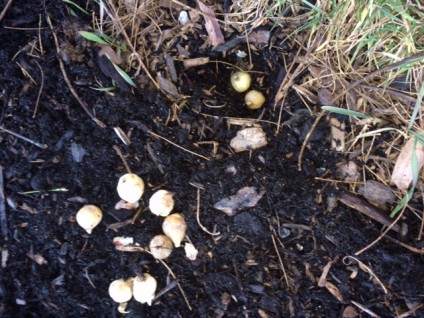
Yes I know, bulbs should be planted in October. Well, I was busy in October and didn’t get them all in. Then of course we had our annual Halloween party to plan and work to finish. I meant to plant them in November but somehow I coudn’t find them. I had them in a box in the mudroom and then they were gone! Ok, they’ll turn up before the end of the month.
Thanksgiving came and while looking for a pan in the mudroom I found the bulbs! Yay! But it will have to wait as Thanksgiving is here and there is too much to do. Thanksgiving was so nice I didn’t want it to end and turn into the madness that was Christmas. If one more person asked if I’d “finished my shopping” I was going to scream! No I hadn’t finished! To finish you have to actually start! I had other things on my mind like baking and cooking and decorating. I did get the shopping done finally( my boys would have died if there was nothing under the tree for them) as I try to be a good Mom. Christmas turned out to be very nice and then the snow came so bulbs were forgotten again while sledding took over our lives. I decided that when the kids went back to school I could pot the bulbs up and then plant them in the spring. Good idea.
So then came the deep freeze and my stash of potting soil was so frozen solid that I coouldn’t even get it in the greenhouse to melt. It looked like a lost cause. But then to my delight we had January thaw! January thaw’s are one of the few things I like about January. I do like fires in the fireplace and the chance to make lots of good warm food but that’s about it. So last week, on January 17, I finally planted the last of my bulbs! I don’t think I’ve ever done it so late before and I’m not sure what success I’ll have but they are tucked in and I can relax.
There is another deep freeze coming for this week so I got them in just in time. Then Ben went in the mudroom today and found a bag under another box with 100 crocus bulbs in it that I’d forgotten about.
Cheers!
Sarah
I’m on a rampage!
It started this morning when I looked on facebook and saw an article promoted by a wonderful gardener, author and expert in meadows and native plants. Her name is Katherine Zimmerman and she started what is called the Meadow Project. Find it here at www.themeadowproject.com. She posted an article from the New York Times and the basis was that we have rapidly declining numbers of insects. Monarch butterflies were pratically nonexistant this year and all pollinators have declining numbers across the board.
While there are many reasons for this including over use of nicotine based chemicals called neonicotinoids as well as GMO crops that have genetically altered DNA which who knows what it is doing to insects (or us but that is for another rant!), one of the worst things is loss of habitat. There used to be wild meadows and even roadside weedy areas that worked as a corridor of pollen and nectar sourses for migrating insects. So often now I see edges of farmers fields where chicory and clover used to bloom now just the dead, brown of Round Up sprayed vegetation. Devoid of life for a long time.
One large problem is that even if you do go to your local Home Depot or Lowe’s or any other mega store selling plants cheaper than the Mom and Pop garden center down the road, these large growers are using systemic chemicals which become essentially part of the plant itself. They are used so that if an insect tries to bite or chew the plant it will die from the chemicals running through the plants veins. Sounds great for the life of the plant but what happens when the butterfly or bee sip the nectar? The same outcome. Death. So shop small and local or grow your own.
So here’s what we are all going to try to do. First, stop using chemicals! Trust me, I’ve been an organic gardener for many years and my plants grow just fine and probably better than chemically grown plants. Second, get some flower seeds of milk weed or just collect some ripened seed pods this summer and bring them home and scatter them on some open ground. Third, enjoy the life around you in the garden and larger environment. All life is here for a purpose. Lets not live a sterile, insect free life but recognize that all insects have a role in the larger picture.
If you really want to make difference, contact your local school or church or some other public organization and see if they are doing anything to encourage wildlife on their land. Volunteer to start just a small patch of wildflowers and take care of it for a season and see what happens. You will get people interested and educated. Start conversations while you are there and spread awareness.
And at the very least, if you can’t do any good, please don’t do any harm.
Please check out the full article at the link below:
The Year the Monarchs Didn’t Appear
Cheers!
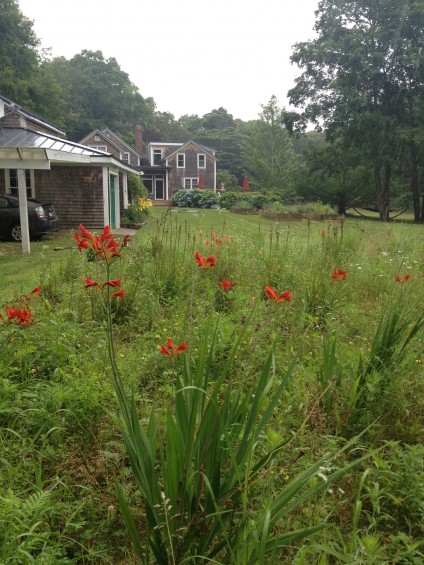
Meadow garden
Garlic

I just came in from the garden. Such a gift to be out there on November 16th in a sweatshirt. It’s a good thing it was warm because I hadn’t planted my garlic yet. I can be such a procrastinator and many times that means I get burned (or frozen) by the weather. Not this time! I planted one pound of Metechi garlic which is a nice, hardy. long necked variety. This will probably get me about ten pounds of garlic next summer. It couldn’t be easier to grow.
The best time to plant garlic is in October or November if you have warm enough weather to get out there. You need a garden bed with rich, well drained soil that doesn’t get soggy. Take your heads of garlic and break them up into cloves. Don’t remove the papery covering as this helps protect the clove from pests. Plant each clove about 3-4 inches deep with the pointy side up about 6 inches apart. Keep your rows about 12 inches apart. Keep the bed well watered but not saturated until winter truly sets in and that’s it!
In the spring you will see growth begin that will resemble onions. Keep them watered and weed free and preferably mulched. They may send up some flower stalks called scapes which if you cut them off as far down as you can are delicious sauteed. Let them grow until the foliage turns brown and falls over. Then carefully dig them and hang them to dry. You can store them in a cool, dry place for a very long time. Save the largest heads for seed for the next year’s crop.
Tomorrow should be nice. Get some garlic and get out to the garden!
Cheers!
I’m still here!
So, what I have learned this year is that I am a very undependable blogger during the gardening season. I had planned to write weekly and keep everyone up to date on happenings but Yikes! Time was at a premium. So I’m just checking in and will start blogging again soon. Also, they may be more frequent and shorter. I’ll give that a try. I hope you have all had a great summer and fall and are ready to settle in to a winter full of learning, planning and maybe some rest.
Cheers!
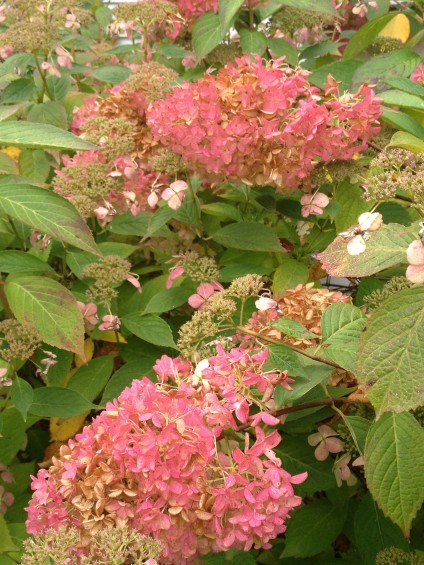
How to make a bed
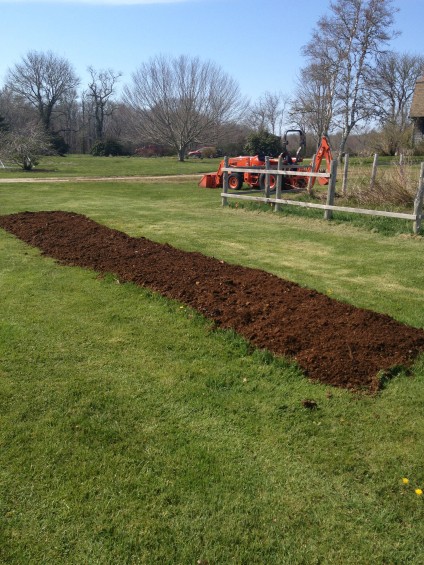
So, I made a HUGE mistake about 3 years ago. I don’t know what I was thinking but I decided to plant 20 little raspberry plants right in the middle of my vegetable garden. It was nice rich soil and they would do very well there. That was the mistake. They did so well that’s practically all I had in the garden as 20 plants turned to 40 then….. you get the picture. So I decided to give them a new home where they could live all alone and that we could mow around so they wouldn’t spread any further. It was very simple easy and fast and this is how you do it.
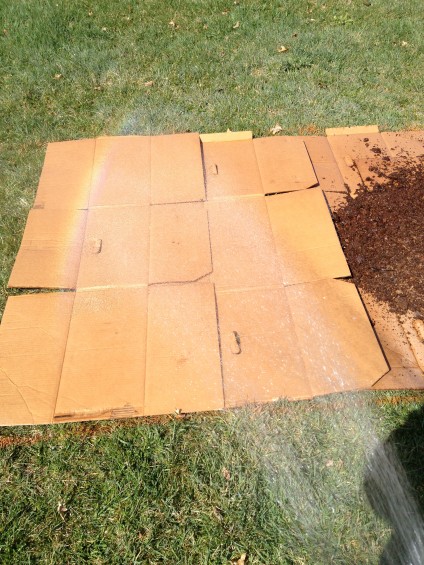
First step is get some corrugated cardboard. I got some at my boys school and I also raided the recycling at a local store. You can use newspaper as long as you use it about 6 layers thick. Next mark out your bed and if it is in the lawn like mine, cut the grass as short as possible. Lay down the cardboard making sure to overlap to prevent growth through the cracks. Then give it a good soaking. This will expedite the softening of the cardboard making it easier to plant.
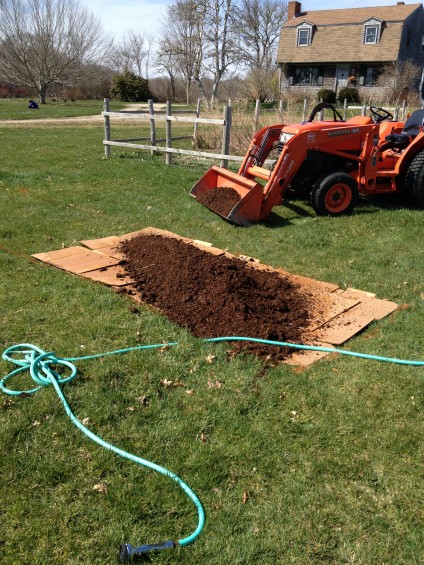
Next add about 4″-6″ of compost all over the cardboard.
Rake it evenly and water again just to settle it down. Then leave it for a few days allowing the grass to die and for the worms to work their magic. When you go to plant you can rake back the compost where the plant is going. If the cardboard is still fairly hard you can take a knife and cut a small x in it. Plant your plant and cover back up. Next I would add a good layer of mulch to top it all off. You can use anything you like such as wood chips, bark mulch or straw depending on what you have on hand and what you are planting. I’m using bark mulch but if it were blueberries I would use chips or sawdust.
Speaking of blueberries I have now decided that I need a new bed for more of these but I probably won’t have time to get it all planted till at least fall if not next spring. So what I’m going to do is make the bed the same way except if I need to I can use some material that is not fully composted. I could use fresh grass clippings or animal manure that was yet to be broken down. Then I can mulch it and just leave it until I’m ready to plant.
This is a very good way to make beds as there is no ripping up layers of sod and soil. It keeps the beneficial bacteria, fungi, nematodes and earthworms from being disturbed or harmed so that when you plant there is a much healthier foundation for your plants.
Now I’ve been thinking that I could use a bed for asparagus too. Maybe some cranberries and more strawerries. I need more cardboard.
Cheers!
Sarah
Spring pruning

Hi everyone,
The weather is finally taking a turn for the better. Although as I write this it is very cloudy and windy so it’s still not very pleasant to be out for very long. But if you want a job to warm you up outside, pruning could be just the thing.
One of the questions to ask yourself when determining when to prune something is, when does this plant bloom? If you have a plant that blooms very early in the season such as rhododendrons, azaleas, lilacs or viburnums, you should plan to prune it after it blooms. If you prune it in the spring you will be removing the buds which would have become flowers. There are of course some exceptions to this rule. Fruit trees are pruned in late winter and they bloom very early. This is to create an open and sunny environment for the fruit to grow and you can’t do that after the tree has bloomed and fruit is growing. I also recommend pruning forsythia before it blooms. This is because it is such a large rangy shrub that if you don’t you won’t be able to see what you are doing.
Forsythia is a very popular shrub and for good reason. Just when we are desperate for some color it explodes in the most beautiful bright yellow and we all feel better when we look at it. The problem most people have with it is they don’t allow it to be what it is supposed to be. A forsythia is a large graceful shrub with arching vase shaped branches which reaches a mature size of 10-12′ high and wide. Most people ignore this and try to keep it to about 5′ and in the shape of a muffin. Even landscapers who should know better prune this way. I can’t tell you how many times I’ve had to do corrective pruning on many muffin shaped plants! Some landscapes had 10-15 varieties of shrubs and they all had the same shape. MUFFIN! The beauty of plants in a landscape is their variety and how they work together having different textures, sizes and shapes.
When pruning a forsythia you should use large, long handled loppers and prune out the thickest, oldest branches right at ground level. You can remove up to 1/3 of the plant’s branches at each pruning. You should also remove any dead branches, any branches that are not going in a pleasing direction, and the tips of branches long enough to arch down to touch the ground( because they will take root and grow into another plant.) Plants will only bloom well on young wood so this will encourage the growth of new wood for next season’s flowers. If your forsythia is very out of control and huge and there is no way to get to the center of the plant to prune it you can cut the entire shrub down to the ground. This will not kill it, but it will take a couple of years to get back to blooming size. Sometimes this is the only way to gain control.
Many multi-stemmed shrubs benefit from this yearly treatment. Weigelas, lilacs, dogwoods and willows to name a few. You should also know that it is always fine any time of year to prune dead or broken branches from any plant. Broken branches can damage a plant if they remain on and then fall and strip large areas of bark from the plant.
So get your sweater on and your sharp loppers and have at it. You’ll be happier with the natural look.
cheers!
Sarah
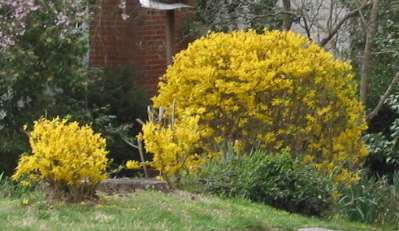
Muffins!


